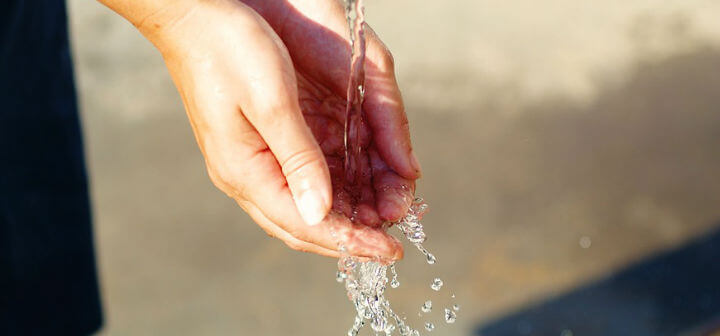8 Prominent Waterborne Diseases and How to Treat Them
Written by AOS Treatment Solutions on March 22, 2017

Water systems in the United States are some of the safest in the world, yet there are still cases of waterborne diseases found in drinking water.
8 Types of Waterborne Diseases
The following are several of the most prominent waterborne diseases or health concerns, along with the common symptoms of waterborne diseases and specific treatments for each.
1. Giardia
This particular parasite is a microscopic organism that can cause diarrhea. It lives inside the intestines of both animals and people and is passed through the feces. Penn State Extension reports that an inadequate chlorination system and problems with filtration equipment can lead to Giardia outbreaks. After outbreaks have been detected, Giardia cysts are normally removed through filtration.
2. Norovirus
According to the Centers for Disease Control and Prevention (CDC), Norovirus is an extremely contagious virus that can be spread from person to person, by touching contaminated surfaces, and through food and water. Norovirus is sometimes tolerant to chlorination, and other types of disinfection may be needed to completely eliminate the virus.
3. Salmonella
There are thousands of different types of salmonella bacteria. This bacteria often spreads through food and water, and it can cause fever, diarrhea, vomiting and dehydration. People with Salmonella are normally treated with antibiotics. Public water infected with Salmonella often needs to be flushed and disinfected, a process that could take more than a week.
4. Hepatitis A
Hepatitis A waterborne disease symptoms will often include fever, jaundice, abdominal pain and dark-colored urine. While most cases of Hepatitis A don’t become chronic or cause long-term damage, the virus is still considered highly contagious. Problems with sewage can also be the cause of water supply contamination. The Hepatitis virus is extremely small, and it can usually still pass through filtration membranes. However, chlorination will normally kill Hepatitis A.
5. E. Coli
E. coli is a bacteria that can get into both food and water supplies. Most types are harmless, but a few strains can cause bloody diarrhea, anemia and even kidney failure. The Connecticut Department of Public Health states that systems which use surface water are more susceptible to bacteria contamination. Water that has not been correctly treated with chlorine can also be more susceptible to E. coli.
6. Shigella
Shigella is a group of bacteria that can enter the water through polluted stormwater runoff and sewage systems that aren’t working properly. Shigella can cause an extremely contagious type of diarrhea, and outbreaks occur in both the drinking supply and in recreational water. This particular bacteria can contaminate water at all stages, from the source to the point of consumption, and it can be treated with filtration and chlorination.
7. Copper
Although not a bacteria or virus, copper can still affect the human body. Copper in small amounts is necessary to the human diet. In large amounts, however, it can cause nausea, diarrhea, liver damage or kidney disease. Copper in the pipes themselves can readily contribute to an overabundance of copper in the water. Since hot water dissolves copper more easily, water used for drinking and cooking purposes should be taken from the cold tap, rather than the hot tap. Completely solving high levels of copper, however, may require installing new pipes.
8. Legionella
Legionella is a type of bacterium that can cause Legionnaires’ disease, a type of pneumonia and lung infection. This particular bacterium was named after an outbreak at the convention of the American Legion in 1976. According to Water Quality and Health, Legionella is one of the most common waterborne diseases and the most significant risk that is associated with drinking water in the United States. Water treatment for legionella is more extensive than for most other types of viruses and bacteria, and hyper-chlorination is sometimes used to kill the virus. Both pipe disinfection and biofilm removal can be used.
Many types of viruses and bacteria can invade the water supply, which makes water testing and treatment a priority in communities across the country.
Do you need help developing a municipal water treatment system to keep your community safe?
Contact AOS today for more information on how our water treatment solutions can help you achieve your goals and keep your community healthy.

